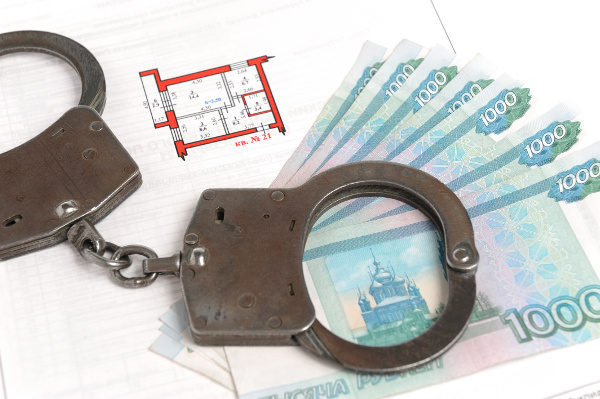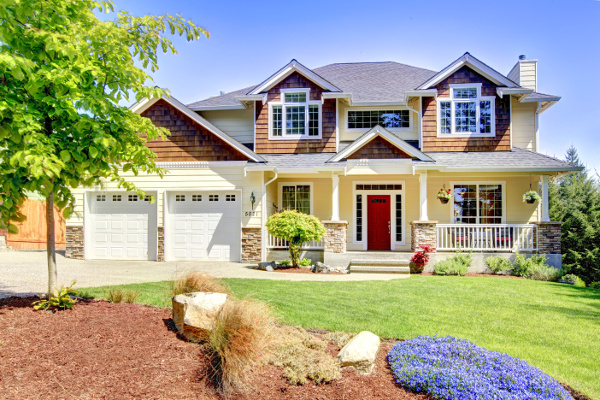Mortgage Fraud: 3 Common Scams to Avoid
 There are many ins and outs involved in securing a mortgage lender, and as a result there are many offers and options out there which are only around to take advantage of prospective homebuyers. If you’re on the lookout for a home and are trying to wade through all the details successfully, here are some things you may want to be aware of.
There are many ins and outs involved in securing a mortgage lender, and as a result there are many offers and options out there which are only around to take advantage of prospective homebuyers. If you’re on the lookout for a home and are trying to wade through all the details successfully, here are some things you may want to be aware of.
The Perfect Rental Deal
If you’ve ever rented an apartment in the past, it’s entirely possible that you’ve run into deals on Craigslist where a sizeable, stunning property is advertised at a very modest price. While scams like this are quite common when it comes to rentals, they also occur when scammers copy MLS listing and pretend to be an agent facilitating a real estate deal. There’s no sure way to avoid scams like these, but ensure you don’t hand over money or sign anything unless you’re 100% certain whom you’re dealing with.
Lenders Who Push The Envelope
Reliable lenders will be upfront with you when explaining the details associated with your mortgage, so it’s important to be cautious if you end up dealing with someone who asks you to exaggerate or embellish your financial claims. The only way to make a solid investment is to be honest about your financial situation, and anyone trying to inflate your income and the price you can pay is only hoping to gain a piece of the profit for themselves.
Investment Speakers And Seminars
With so much information out there, many people look for courses that will make them aware of the basics of investing so that they can do some of the legwork on their own. Courses like these can be useful in many cases but if they happen to be sponsored by an organization and are charging high attendance fees, there’s a good chance they’re trying to endorse their own services and may not be providing the most accurate information. Instead of guessing for yourself, you may want to read up on the basics and follow up with a trusted lender for any additional questions.
There’s a lot involved in delving into the real estate market, and that’s why it’s important to watch out for the kinds of things that may not be serving your best interest. If you’re currently looking for a lender and are planning on buying a home soon, contact your local mortgage professional for more information.

 With the ever-fluctuating cost of housing, buying real estate can be one of the best investments a person can make. However, a lot of important factors can be left out of the final decision when it comes to purchasing a home as rental property.
With the ever-fluctuating cost of housing, buying real estate can be one of the best investments a person can make. However, a lot of important factors can be left out of the final decision when it comes to purchasing a home as rental property. Whether you’ve gone back to renting for the sake of money saving or recently downsized to a more compact space, the idea of owning a home can be a big responsibility that may require more than you’re willing to give. If you’re considering jumping back into the fold of home ownership, here are a few things to contemplate before re-entering the market.
Whether you’ve gone back to renting for the sake of money saving or recently downsized to a more compact space, the idea of owning a home can be a big responsibility that may require more than you’re willing to give. If you’re considering jumping back into the fold of home ownership, here are a few things to contemplate before re-entering the market.